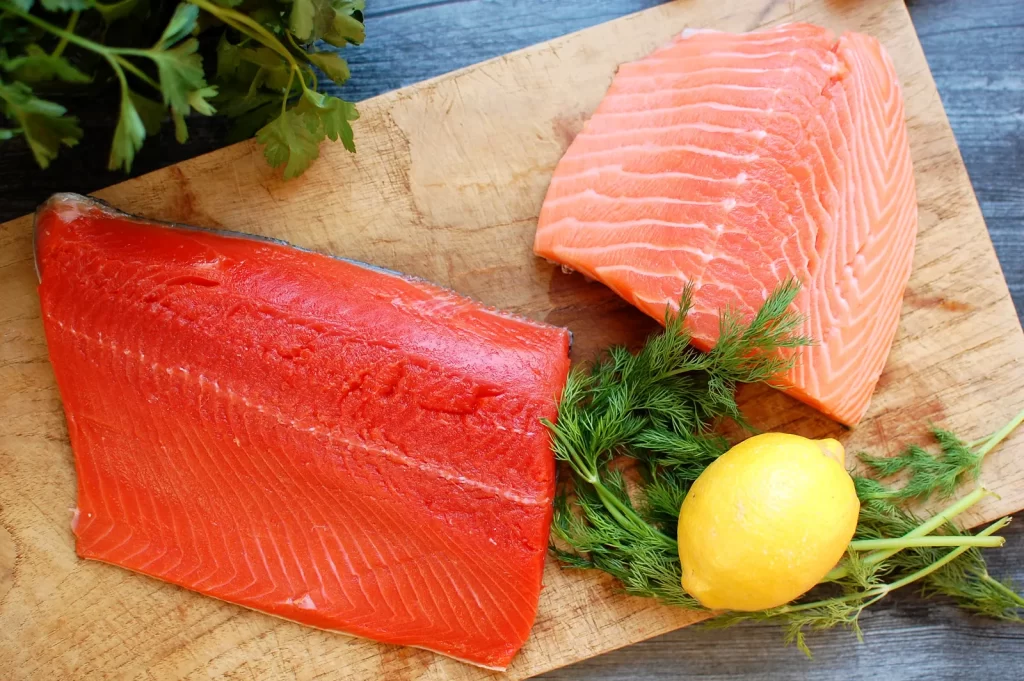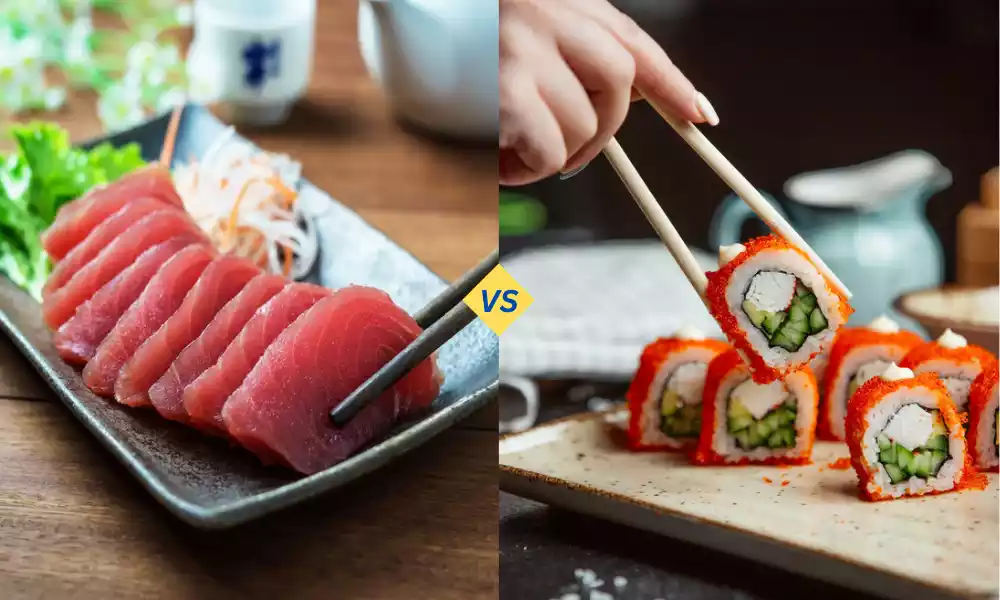Equal and Splenda are two popular artificial sweeteners used as alternatives to sugar. Equal, primarily composed of aspartame, gained popularity in the 1980s and is often recognized by its blue packaging. It is known for its ability to sweeten food and beverages without the calories of sugar and is commonly used by individuals managing their calorie intake or with diabetes.
Splenda, on the other hand, is made from sucralose, a derivative of sugar. Introduced in the late 1990s, Splenda is often identified by its yellow packaging and is marketed as tasting more like sugar than other artificial sweeteners. Both Equal and Splenda are widely used in various food products, from drinks to baked goods, offering a low-calorie sweetening option.
What is Equal?
Equal is a brand of artificial sweetener known for its characteristic blue packaging. Its primary ingredient is aspartame, a low-calorie sweetener that is about 200 times sweeter than table sugar. Aspartame, the key component of Equal, is a compound that combines two amino acids: phenylalanine and aspartic acid.
Equal is popularly used as a sugar substitute in various food and drink products. It is especially favored by individuals looking to reduce their calorie intake or manage blood sugar levels, such as those with diabetes because it offers the sweetness of sugar without the same caloric impact.
The product is suitable for a range of applications, including sweetening hot and cold beverages, and can be used in cooking and baking. Aspartame can break down at high temperatures, which may affect its sweetness in some cooked or baked goods.
Equal was introduced in the 1980s and has since become a well-known alternative to sugar, alongside other artificial sweeteners like Splenda (sucralose) and Sweet’N Low (saccharin). It’s important for people with phenylketonuria (PKU), a rare genetic disorder, to avoid aspartame, as they cannot metabolize phenylalanine effectively.
What is Splenda?
Splenda is a popular artificial sweetener known for its main ingredient, sucralose. Sucralose is a modified form of sugar; it is made by replacing three hydrogen-oxygen groups on the sugar molecule with three chlorine atoms. This alteration makes sucralose much sweeter than sugar, approximately 600 times sweeter, but with no calories.
Introduced in the late 1990s, Splenda quickly became popular due to its taste, which is closer to that of sugar compared to other artificial sweeteners. It’s often recognized by its distinctive yellow packaging. Splenda is heat-stable, which makes it versatile for both cooking and baking, unlike some other artificial sweeteners that may break down at high temperatures.
Splenda is widely used by individuals who are monitoring their sugar intake, such as those with diabetes, or those looking to reduce calorie intake for weight management. It’s used in a variety of products, including beverages, and baked goods, and is also available as a granulated product that can be used as a direct replacement for sugar.
Unlike aspartame-based sweeteners (like Equal), sucralose does not break down into phenylalanine, making it safe for people with phenylketonuria (PKU). As with any artificial sweetener, there are discussions and studies regarding its long-term health effects, but Splenda is generally considered safe for consumption in normal quantities as approved by health regulatory authorities like the FDA.
Importance of understanding their differences
Understanding the differences between artificial sweeteners like Equal (aspartame-based) and Splenda (sucralose-based) is important for several reasons:
- Health Considerations: Different sweeteners can have varying effects on health. For instance, people with phenylketonuria (PKU) must avoid aspartame (Equal) because they cannot metabolize phenylalanine, one of its components. Splenda, on the other hand, does not pose this risk.
- Dietary Needs and Preferences: Individuals with diabetes or those managing their weight often turn to artificial sweeteners to reduce sugar and calorie intake. Understanding how these sweeteners interact with the body and affect blood sugar levels is crucial for effective dietary management.
- Cooking and Baking: The stability of sweeteners at high temperatures varies. Splenda retains its sweetness when heated, making it a better choice for baking. Aspartame, however, can break down with heat, which can affect the flavor and sweetness of cooked or baked goods.
- Taste Profiles: Different sweeteners have distinct taste profiles. Some people may prefer the taste of sucralose, which is closer to sugar, while others might opt for aspartame for its slightly different taste. Personal preference plays a significant role in choosing a sweetener.
- Safety and Regulations: Understanding the regulatory status and safety research around these sweeteners can help consumers make informed choices. While both are approved by health authorities like the FDA, ongoing research and discussions about their long-term health effects continue.
- Environmental Impact: The production and disposal of these sweeteners can have different environmental impacts. Being aware of these can be important for environmentally conscious consumers.
Knowing the differences between Equal and Splenda is essential for making informed dietary choices, especially for those with specific health conditions, culinary preferences, or concerns about the long-term effects of these products on health and the environment.
Comparison Table
Here’s a comparison table outlining the key differences between Equal and Splenda:
| Feature | Equal (Aspartame-based) | Splenda (Sucralose-based) |
|---|---|---|
| Main Ingredient | Aspartame | Sucralose |
| Sweetness Compared to Sugar | About 200 times sweeter | About 600 times sweeter |
| Calories | Calorie-free (or very low) | Calorie-free (or very low) |
| Taste | Slightly different from sugar | Closer to sugar |
| Suitability for Cooking/Baking | Less stable at high temperatures; can lose sweetness when heated | Heat stable; retains sweetness when cooked or baked |
| Packaging Color | Blue | Yellow |
| Health Considerations | Not suitable for people with Phenylketonuria (PKU) | Generally suitable for all, including those with PKU |
| Introduced in | 1980s | Late 1990s |
| Common Uses | Beverages, cold foods | Beverages, baking, cooking |
| FDA Approval | Yes | Yes |
| Considerations for Diabetics | Does not affect blood sugar levels significantly | Does not affect blood sugar levels significantly |
This table provides a general overview of the properties and differences between Equal and Splenda. It’s important to note that individual experiences and preferences can vary, and dietary choices should be made based on personal health needs and guidance from health professionals.
Similarities between Equal vs Splenda
Equal (aspartame-based) and Splenda (sucralose-based) share several similarities, which contribute to their widespread use as sugar substitutes. Here are some key similarities:
- Zero or Low Calories: Both Equal and Splenda are low-calorie or calorie-free, making them popular choices for people looking to reduce their calorie intake or manage weight.
- Sugar Alternatives: They are both used as alternatives to sugar, offering a sweet taste without the same effects on blood sugar levels, which is beneficial for individuals with diabetes or those monitoring their sugar intake.
- High Sweetness Intensity: Each is significantly sweeter than regular sugar. Equal is about 200 times sweeter, while Splenda is about 600 times sweeter than sugar. This high sweetness intensity means that only small amounts are needed to achieve the desired sweetness.
- Widespread Availability: Both are widely available in markets worldwide and are used in a variety of food products including beverages, desserts, and processed foods.
- FDA Approval: Equal and Splenda are both approved by the U.S. Food and Drug Administration (FDA) and similar regulatory bodies worldwide, affirming their safety for general consumption within the established acceptable daily intake levels.
- Versatility: They are versatile in use, and suitable for sweetening a wide range of foods and drinks. This includes hot and cold beverages, cereals, and some cooking and baking applications.
- Non-nutritive Sweeteners: Both are considered non-nutritive sweeteners, meaning they provide little to no nutritional value (like vitamins or minerals), focusing instead on providing sweetness.
While Equal and Splenda are similar in these ways, it’s important to consider their differences in terms of taste, heat stability, and specific health considerations when choosing between them.
Pros and Cons of Equal vs Splenda
When comparing Equal (aspartame-based) and Splenda (sucralose-based), both have their respective pros and cons. Understanding these can help individuals make informed choices based on their dietary needs, health conditions, and personal preferences.
Equal (Aspartame-based)
Pros:
- Low Calorie: Virtually calorie-free, making it suitable for weight management.
- Taste: Some people prefer its taste over other artificial sweeteners.
- Solubility: Dissolves easily in beverages, both hot and cold.
- Widely Available: Found in many products and readily available in markets.
Cons:
- Not Suitable for PKU: Contains phenylalanine, which is harmful for individuals with phenylketonuria (PKU).
- Stability: Less stable at high temperatures, not ideal for baking or cooking.
- Potential Side Effects: Some individuals may experience headaches, allergic reactions, or other minor side effects.
- Aftertaste: Some users report a slight aftertaste.
Splenda (Sucralose-based)
Pros:
- No Calories: Like Equal, it is calorie-free and beneficial for weight control.
- Heat Stability: Suitable for cooking and baking as it does not lose sweetness at high temperatures.
- Taste: Often considered to taste closer to sugar than other sweeteners, with less of an aftertaste.
- Suitable for PKU: Does not contain phenylalanine, safe for individuals with PKU.
Cons:
- Digestive Issues: These can cause bloating, gas, or diarrhea in some individuals, especially in high amounts.
- Environmental Concerns: Some studies suggest potential environmental impacts due to its manufacturing and breakdown processes.
- Gut Bacteria Impact: Potential impact on gut bacteria as suggested by some animal studies.
- Mixed Research: While generally considered safe, some studies have raised questions about long-term health impacts.
Equal and Splenda offer benefits as low-calorie sugar substitutes, with some differences in taste, cooking suitability, and health considerations.
The choice between them often depends on individual dietary needs, health conditions, and taste preferences. As with any dietary choice, moderation is key, and those with specific health concerns should consult with healthcare professionals.
Conclusion
Equal (aspartame-based) and Splenda (sucralose-based) are both popular sugar substitutes offering the benefit of being low-calorie. Equal is known for its versatility in beverages but is less suitable for high-temperature cooking, whereas Splenda is heat-stable, making it ideal for baking.
While Equal poses a risk for those with phenylketonuria, Splenda is generally safe for this group. Both have unique taste profiles and potential side effects, with individual preferences often guiding the choice. Moderation and personal health considerations are key in deciding between these sweeteners.


